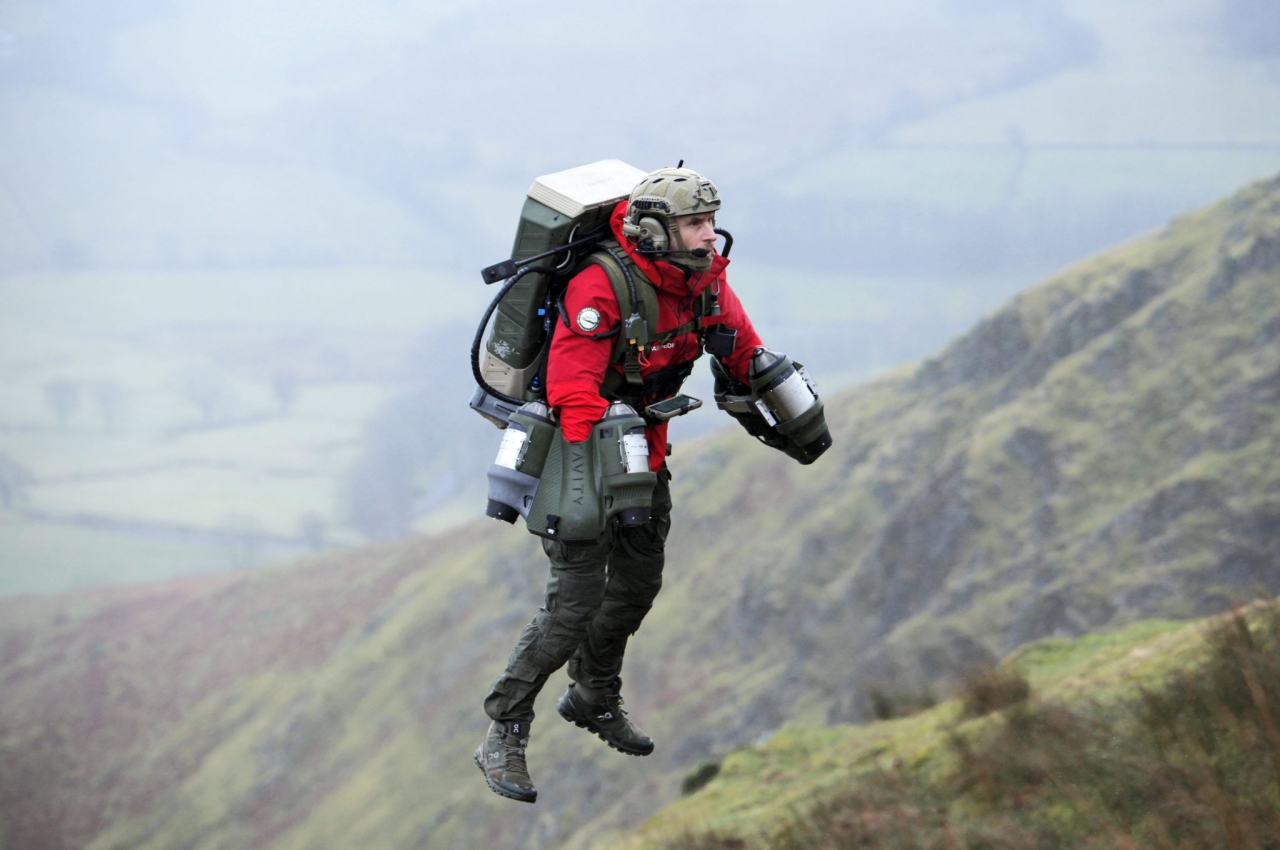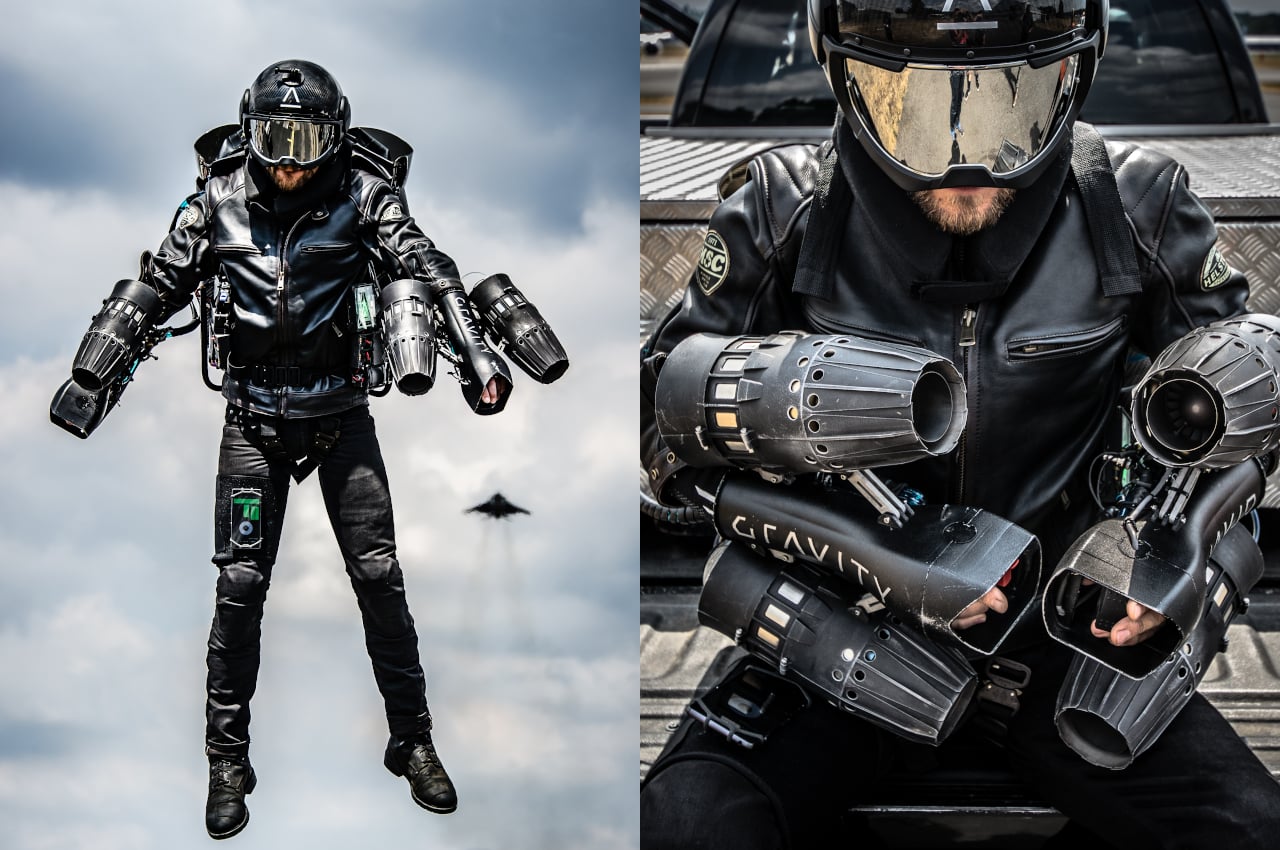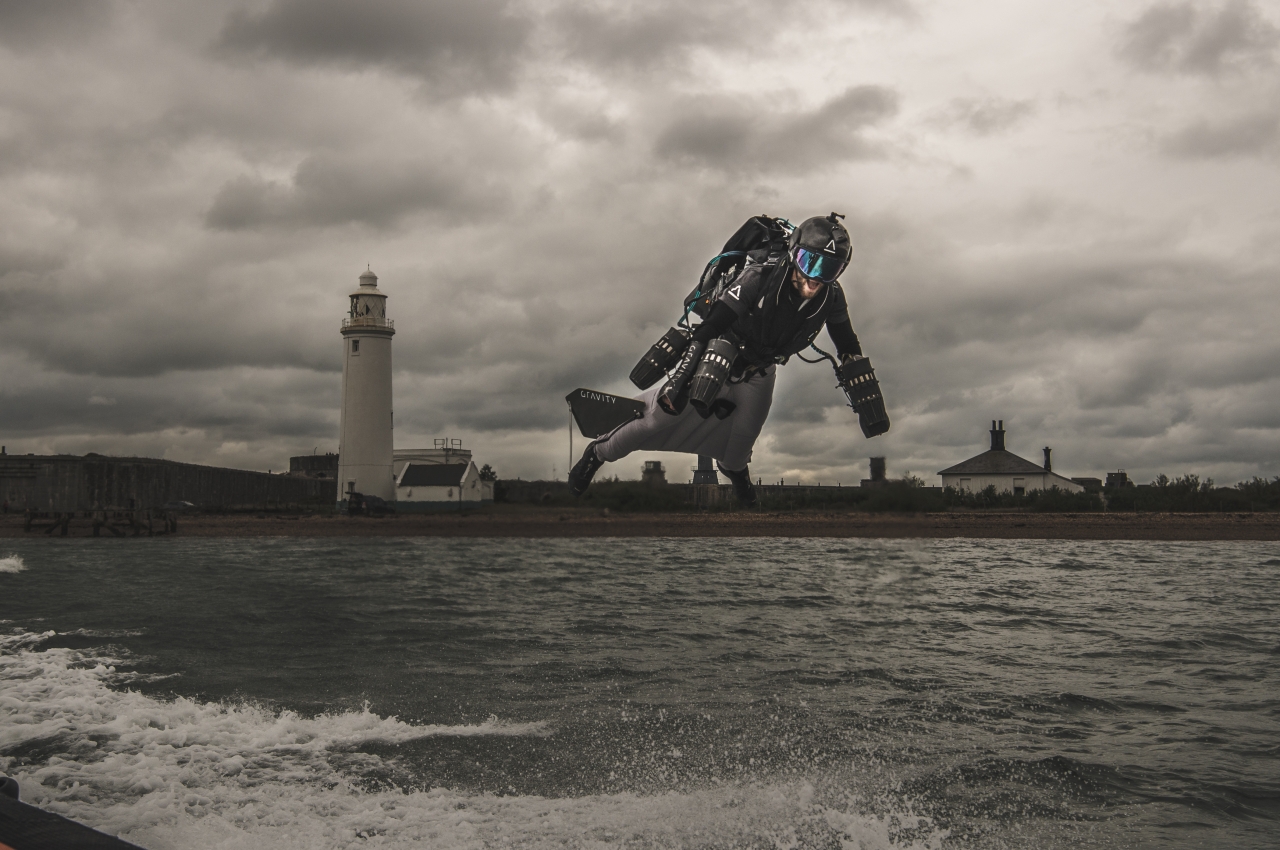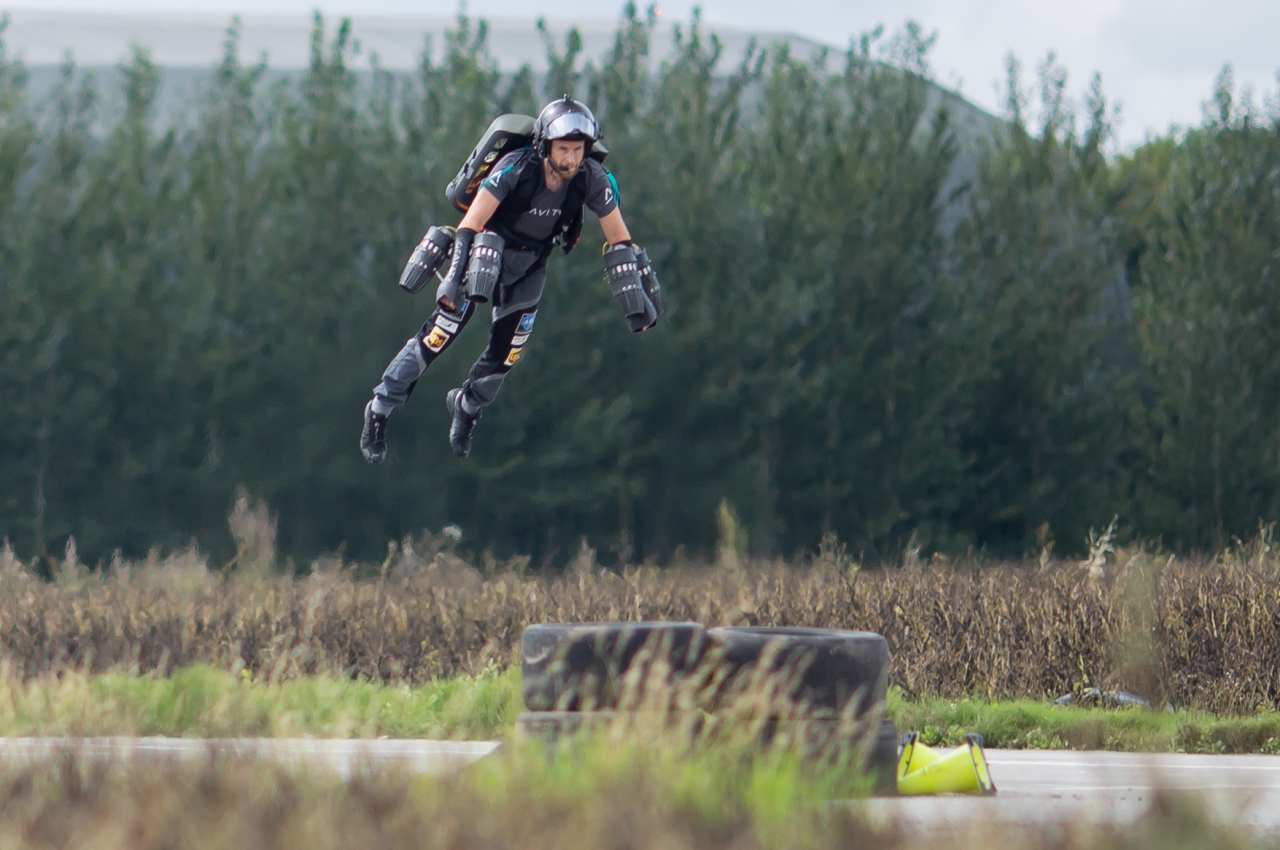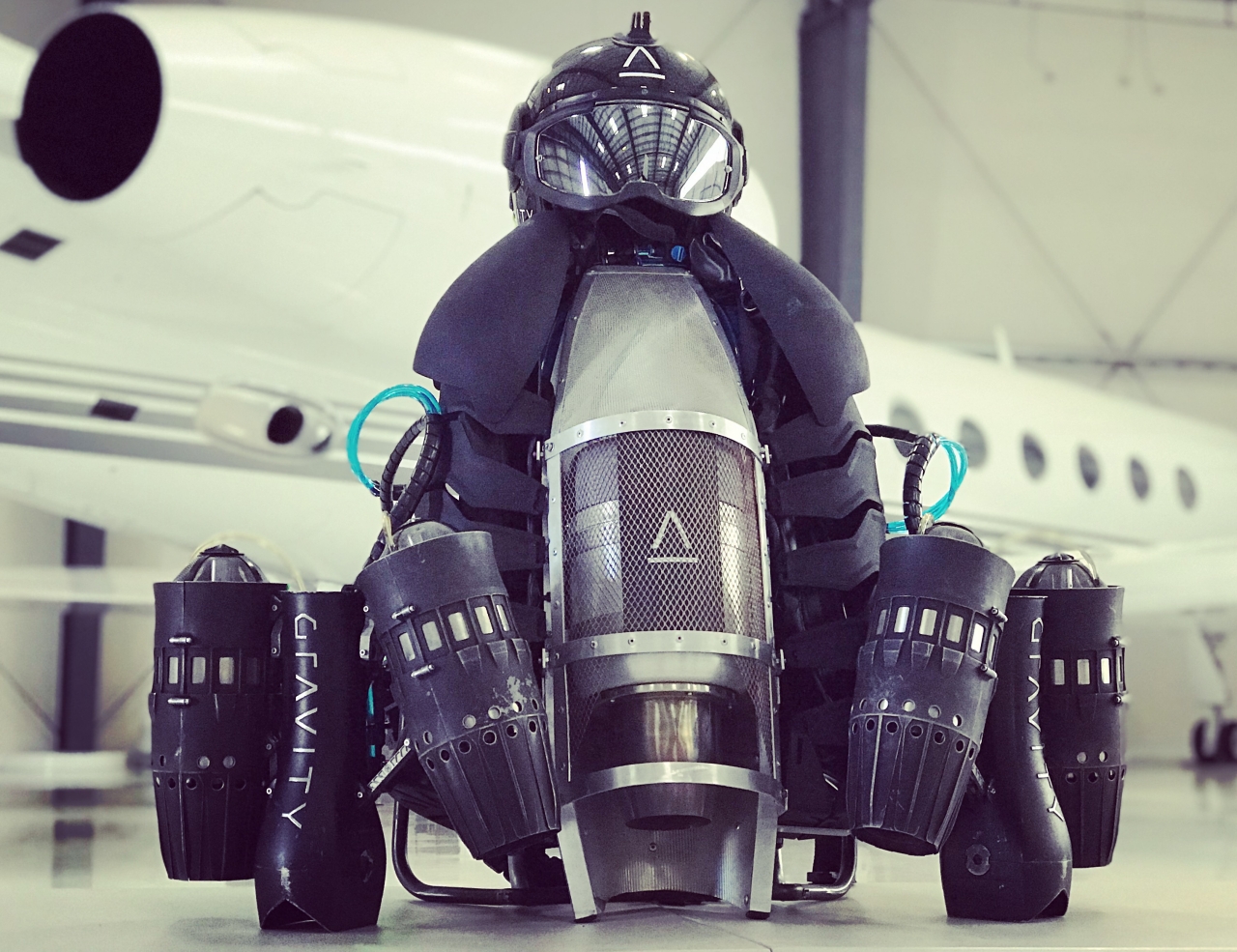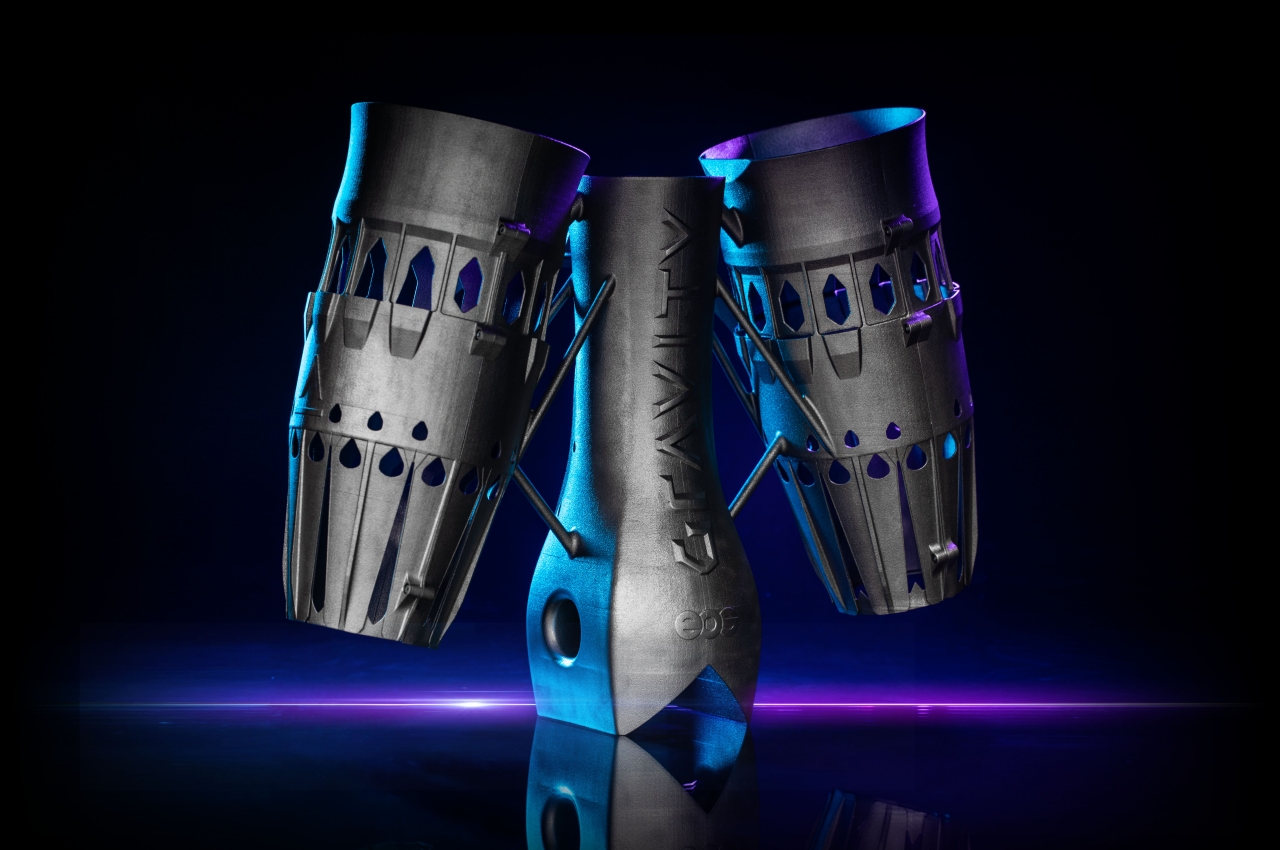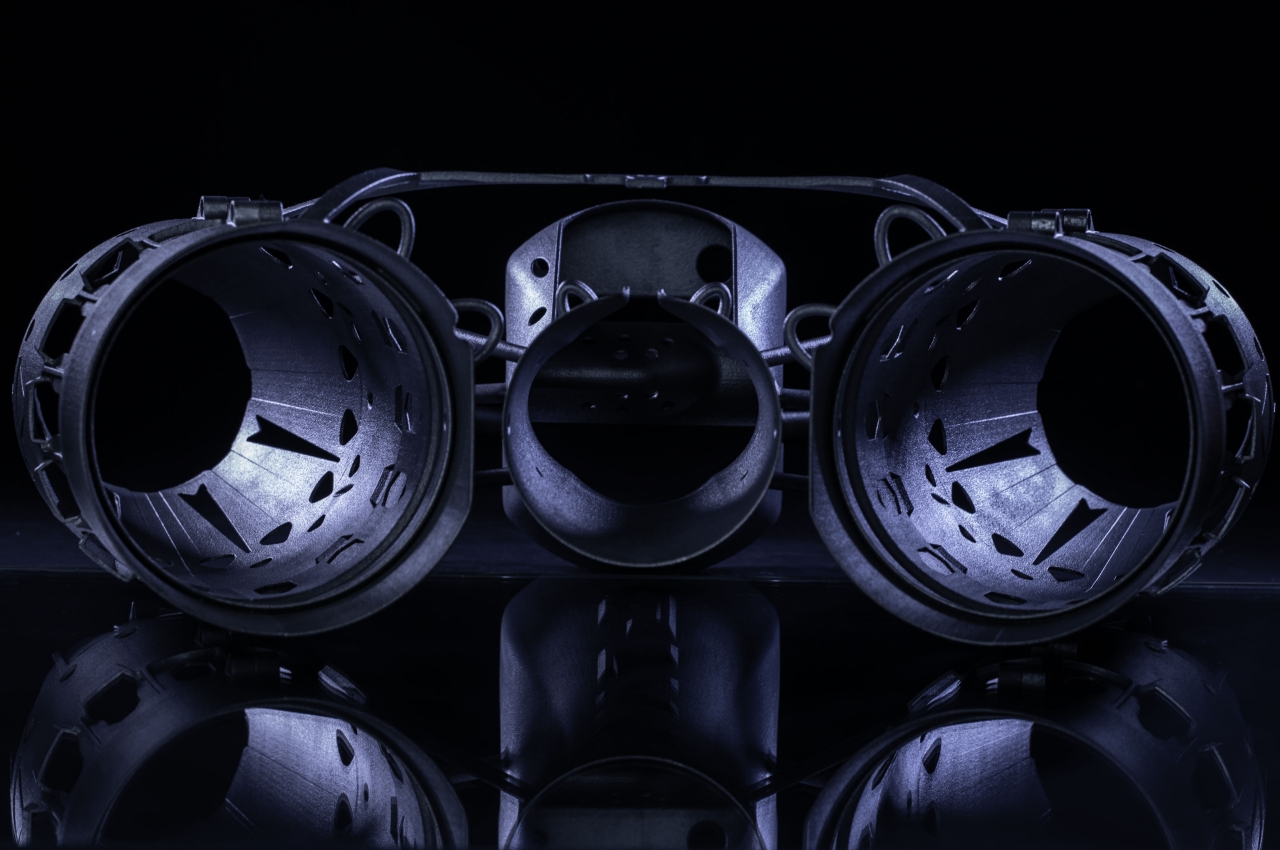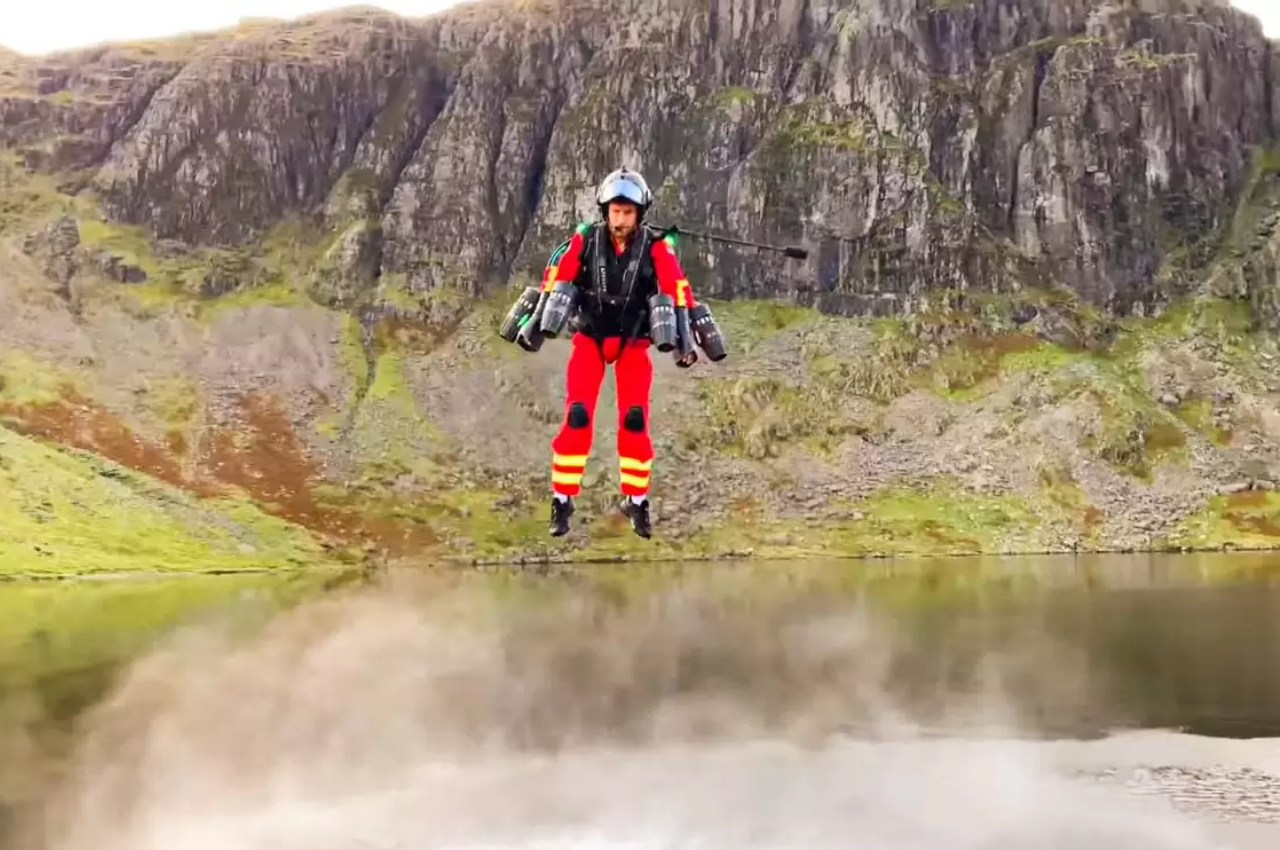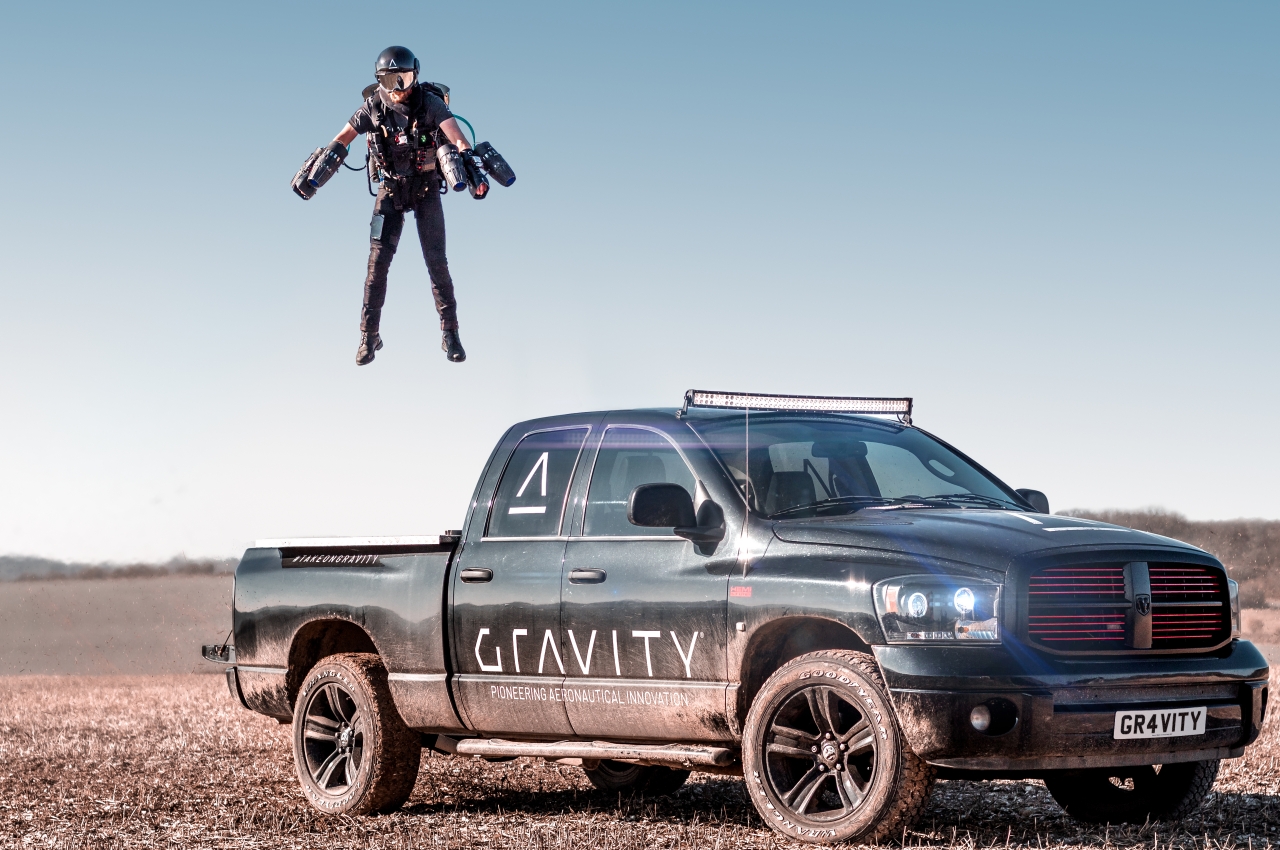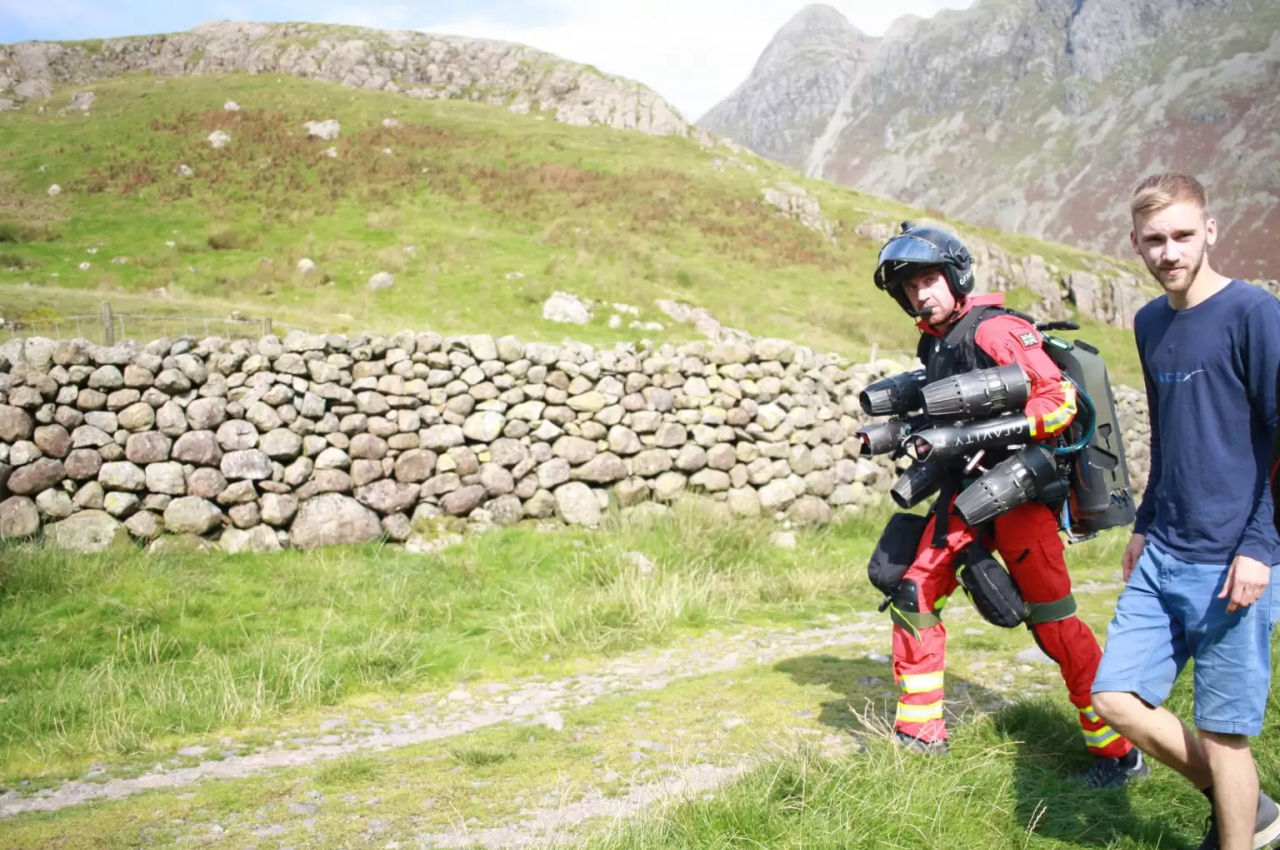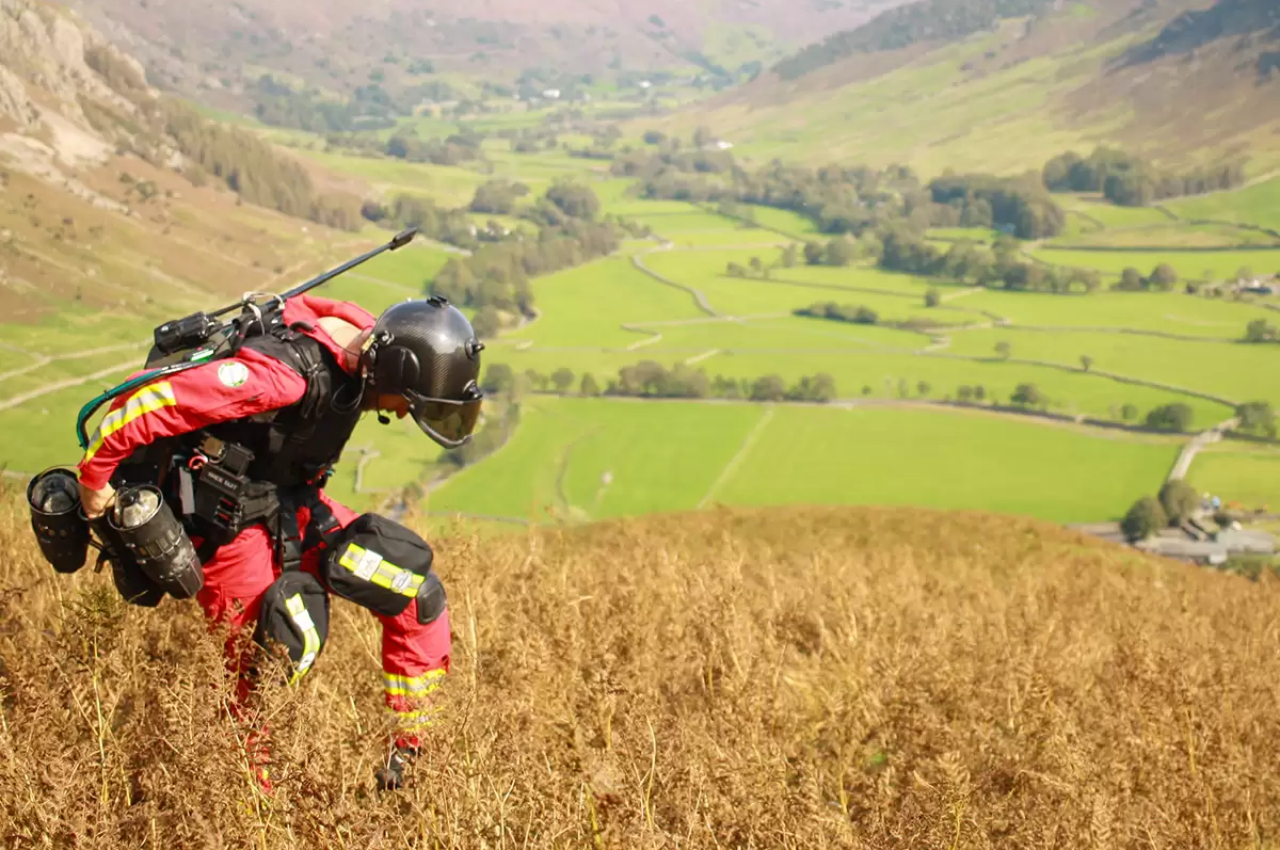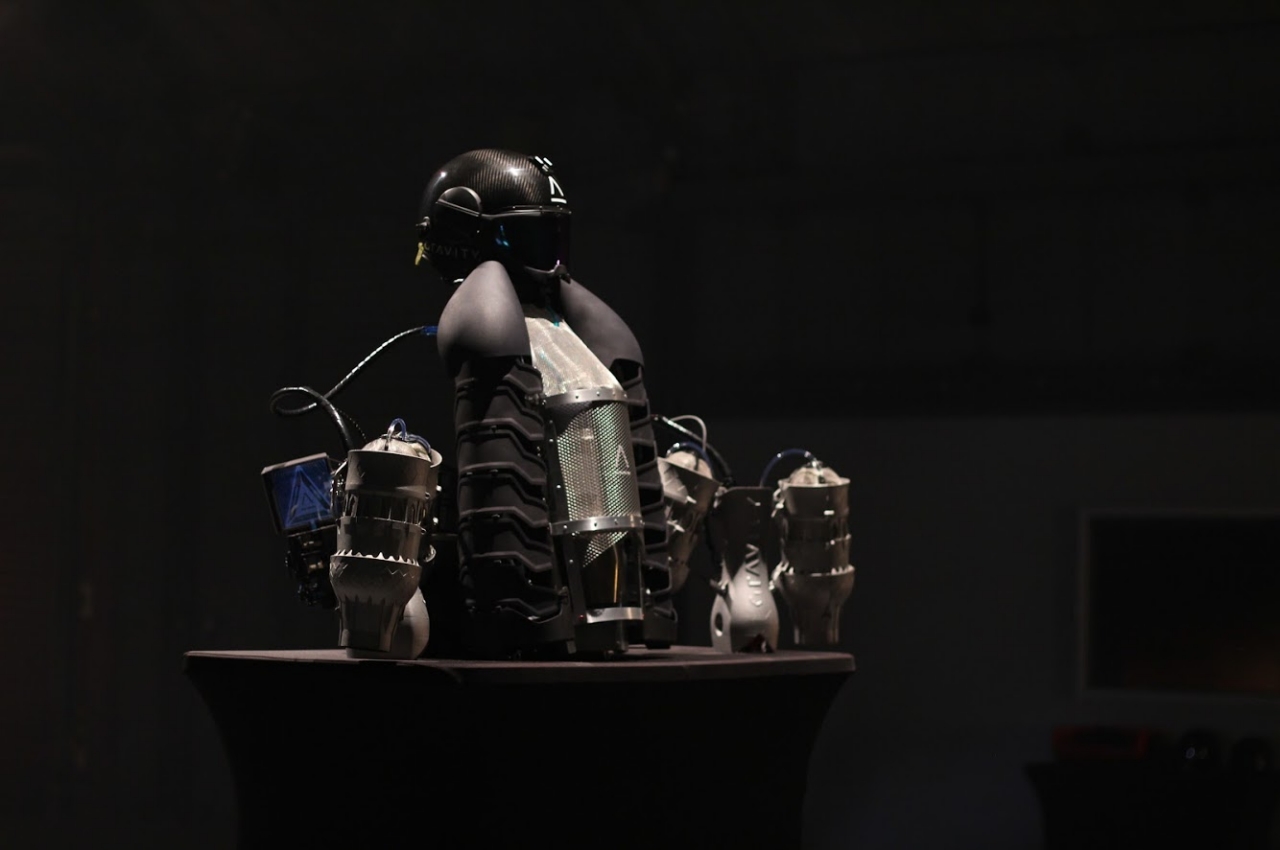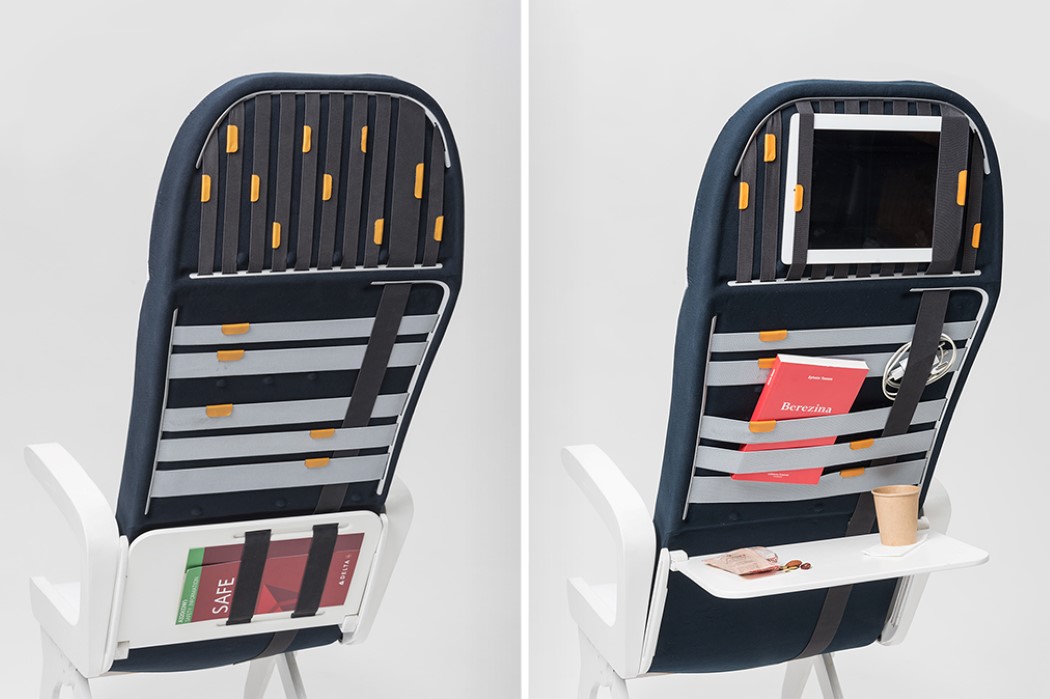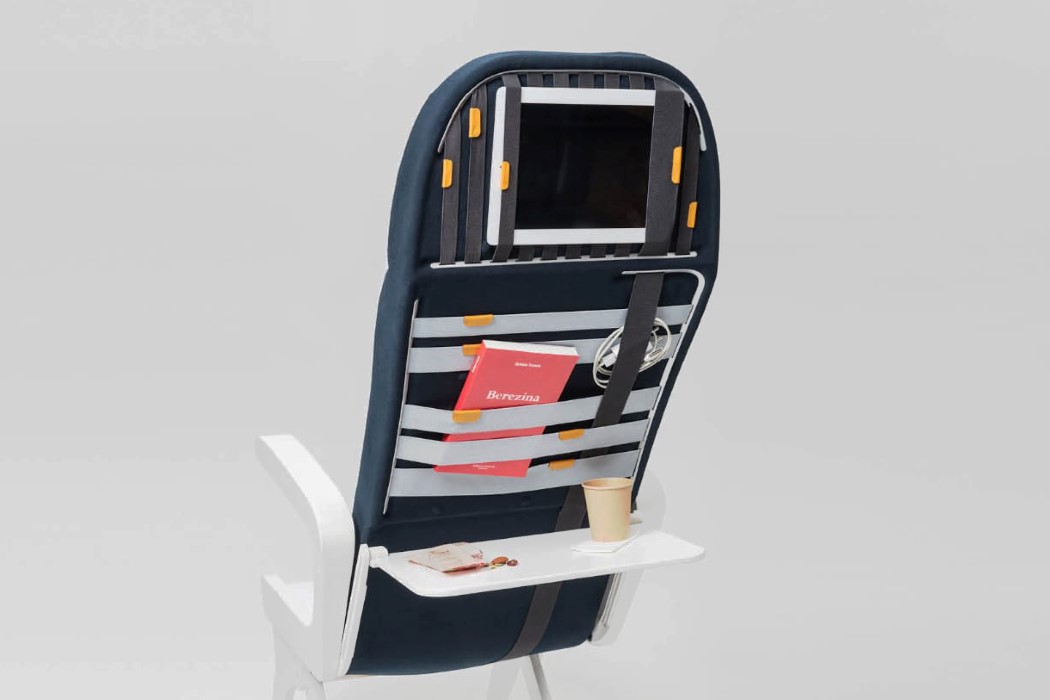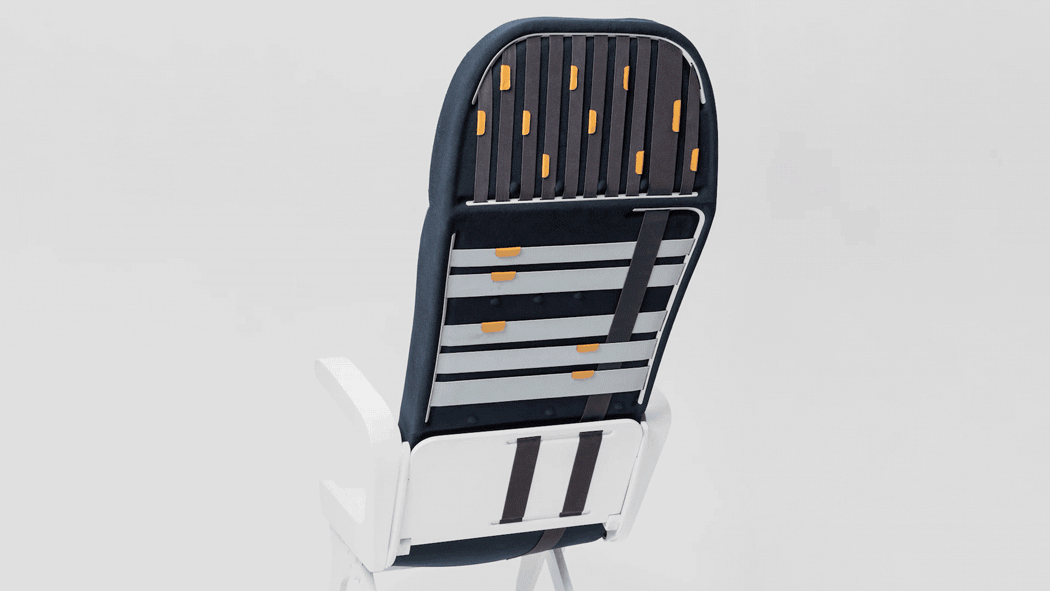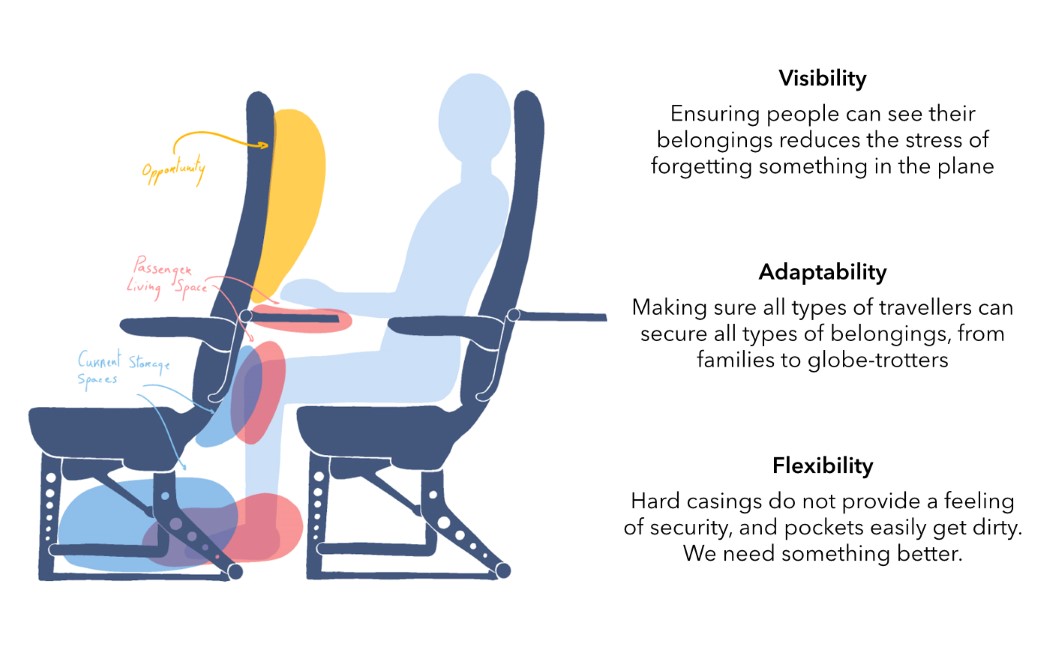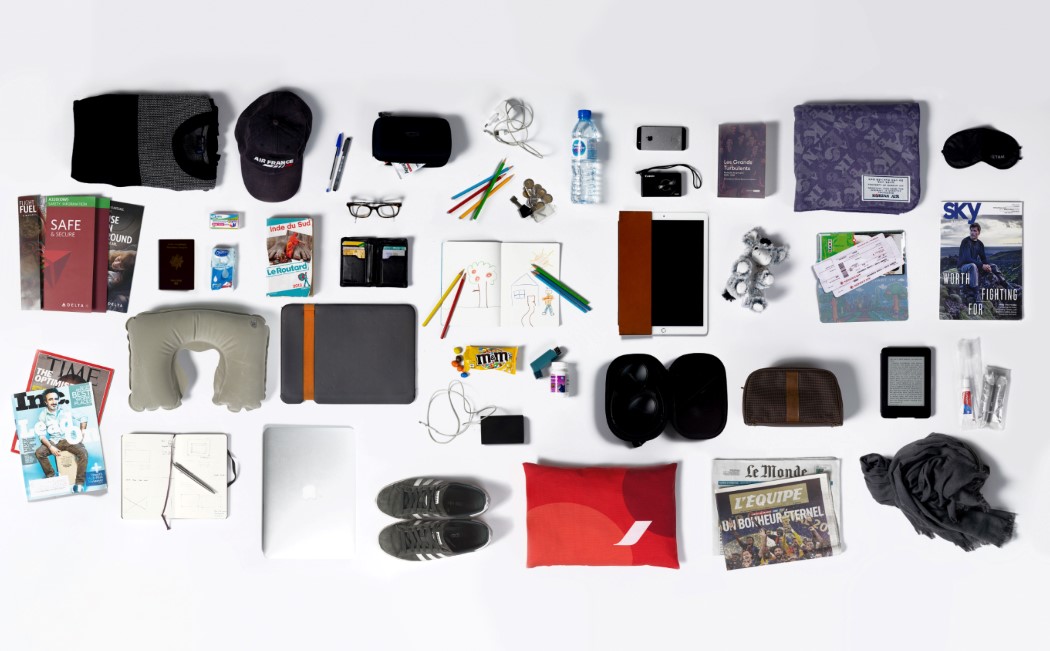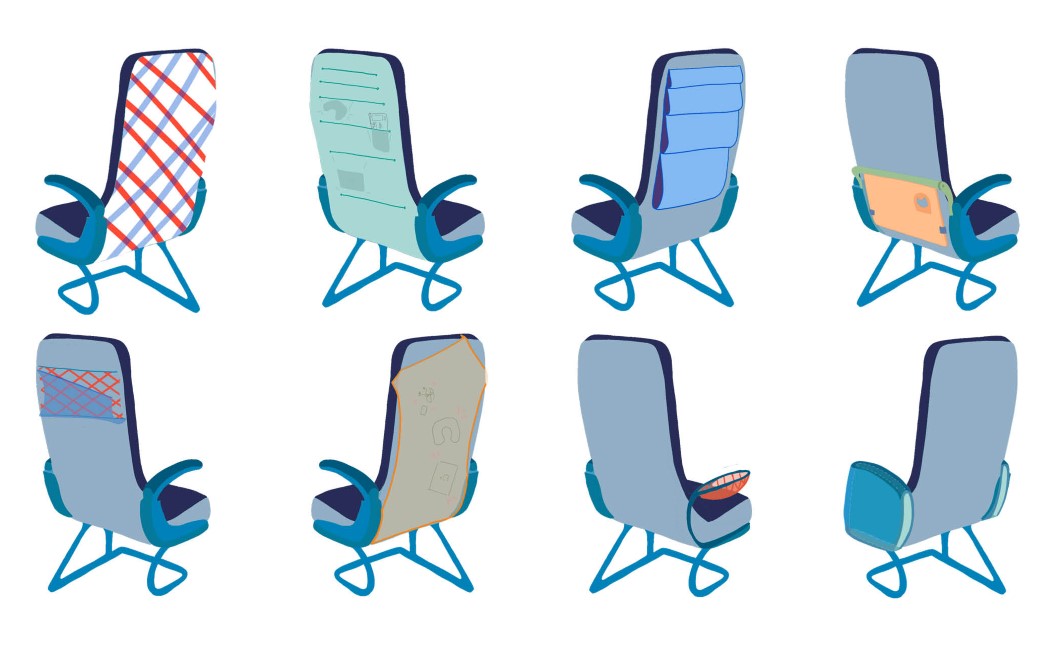Jetson wants to make everyone a pilot, at least everyone who needs to get to work and back home quickly.
Our highways are getting congested, and there is almost no easy solution to that, especially with the growing number of vehicles on the road. The most common quick-fix is to build more highways, though some are attempting to dig up new ground as well. There are also plans to build super-fast trains (some that also tunnel underground), but that only works if you happen to be going somewhere near a train station. They say that the shortest path from point A to point B is a straight line, but you can only really travel that path if you’re flying overhead over all obstacles. Naturally, that’s a utopian dream of many inventors and commuters, one that might be close to reality as far as one Swedish company is concerned.
Designer/Inventor: Tomasz Patan (Jetson)
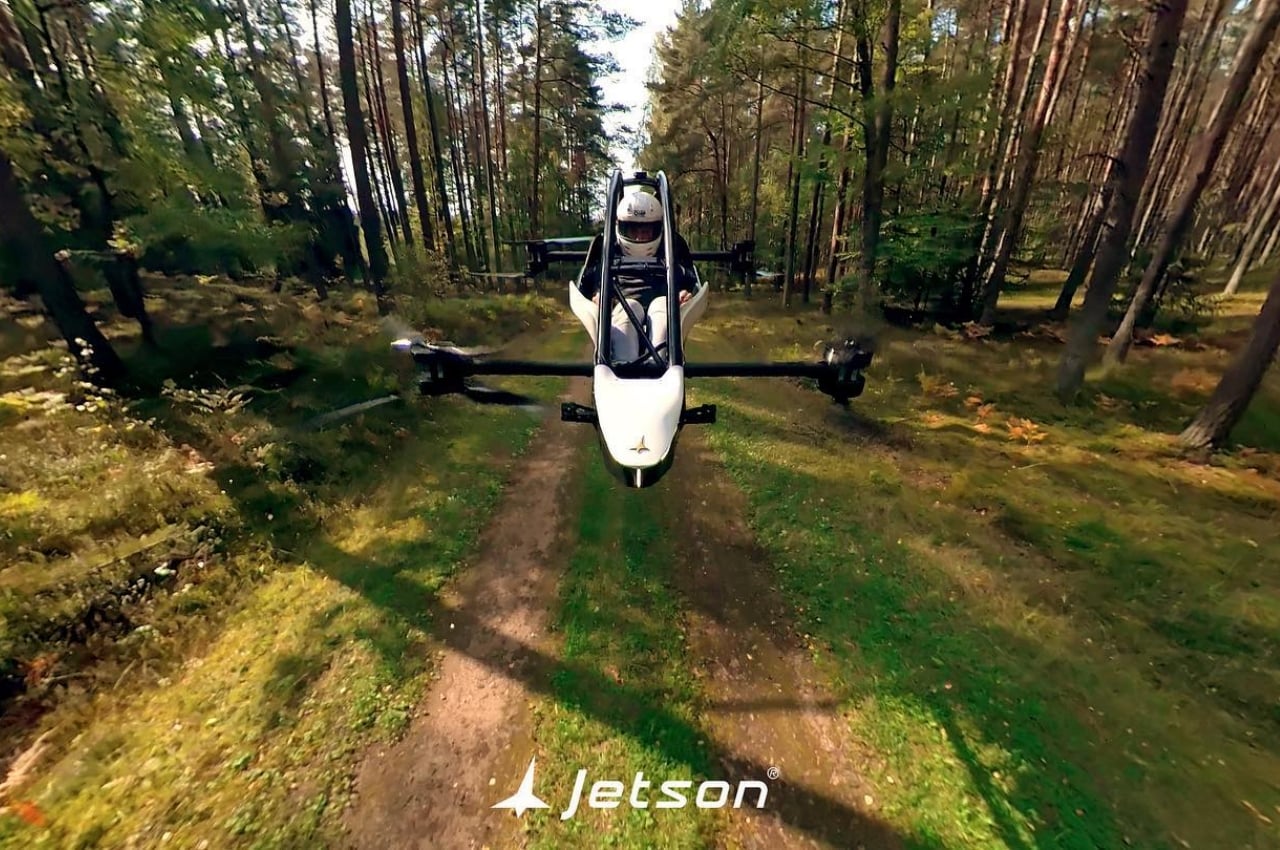
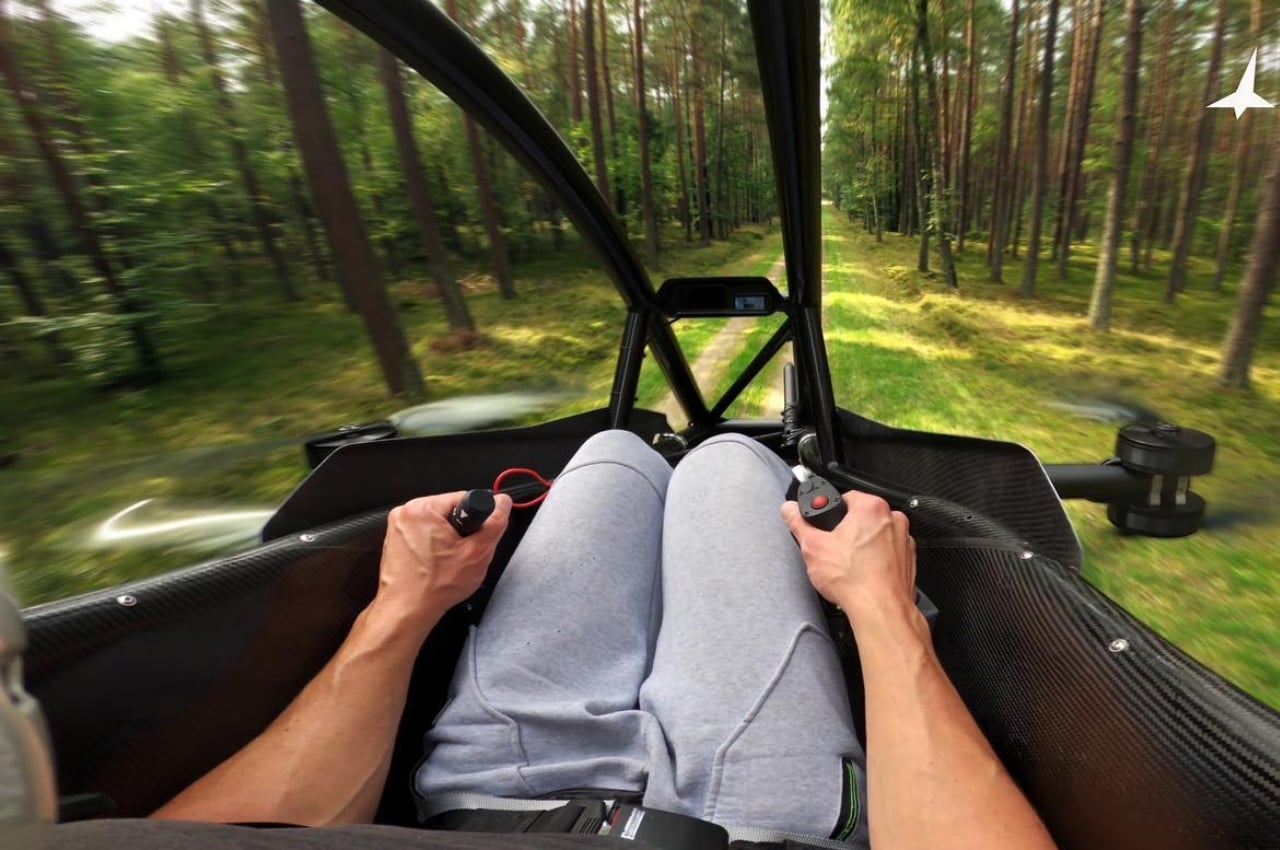
Flying cars have been in works of science fiction for decades. The idea of flying freely in the skies, without having to share seats with dozens of strangers, has appealed to the imagination ever since man first dreamed of flying. In recent times, however, that dream has almost become a future necessity if the problem of traffic congestion and personal travel is to be ever solved.
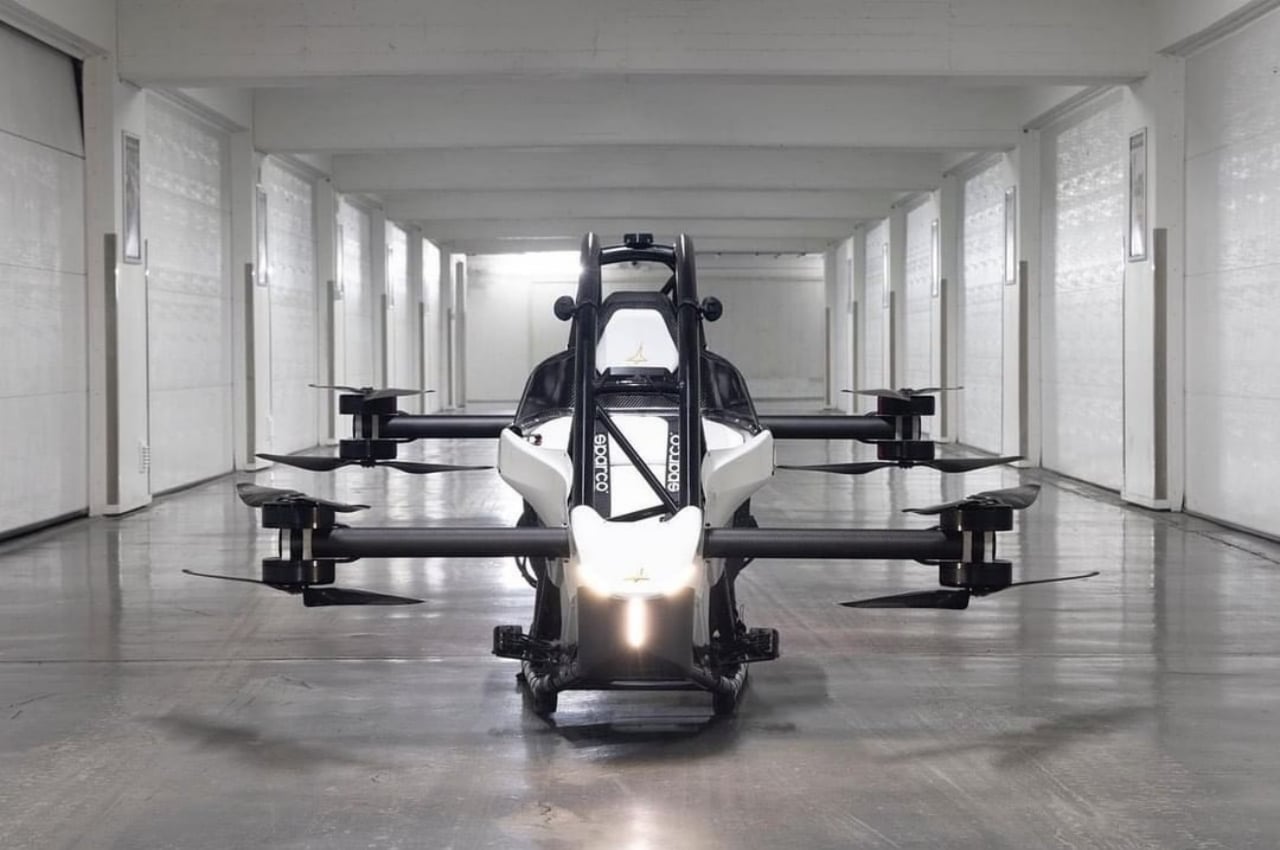
The Jetson ONE is one (no pun intended) of those solutions currently in active development, and it may have just taken one step closer to making that dream come true. Company co-founder and inventor Tomasz Patan took a working prototype for a spin and commuted from home to work as if flying on a racecar turned helicopter was the most normal thing in the world. The company hasn’t released exact details yet, other than the regular commute time was slashed by as much as 88% while delivering Patan safely to his destination.
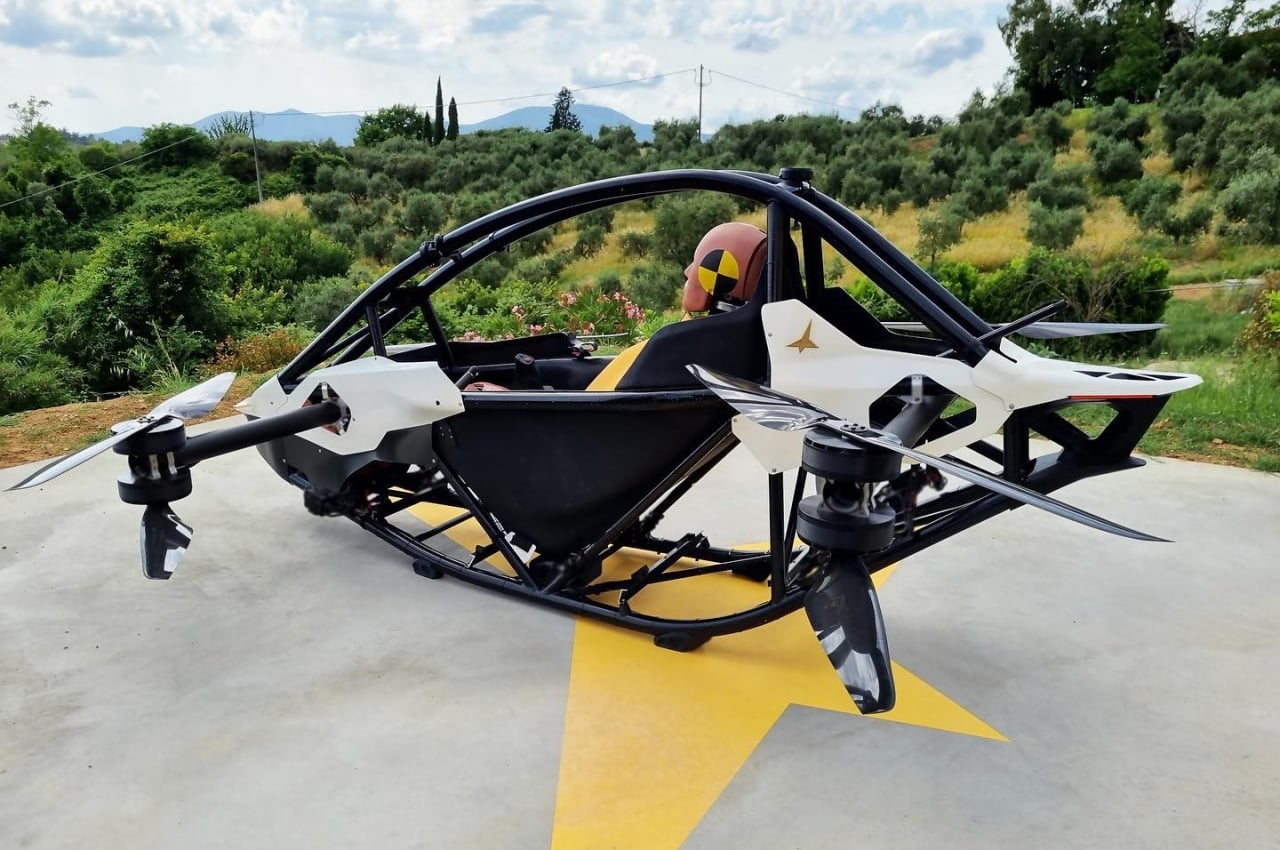
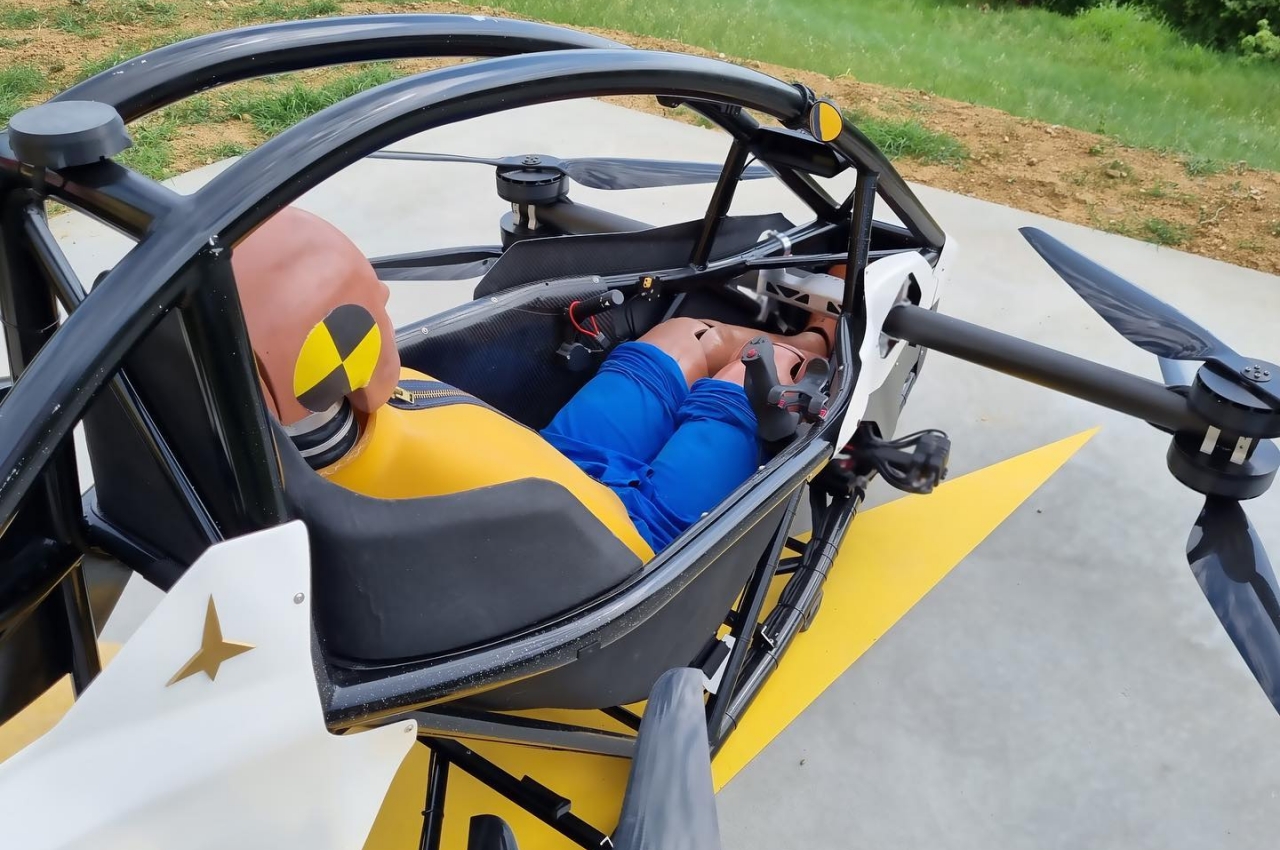
The vehicle is just the latest in the growing number of eVTOLs or electric Vertical Take-Off and Landing aircrafts being developed for personal use. Unlike a private jet and more like a helicopter, an eVTOL like the Jetson ONE takes off and lands vertically (hence the name), which saves up on having to put a runaway anywhere a flying car has to fly or land. And similar to a Tesla, many eVTOLs are designed to run on electricity rather than fuel to avoid one of the biggest sins of automobiles.
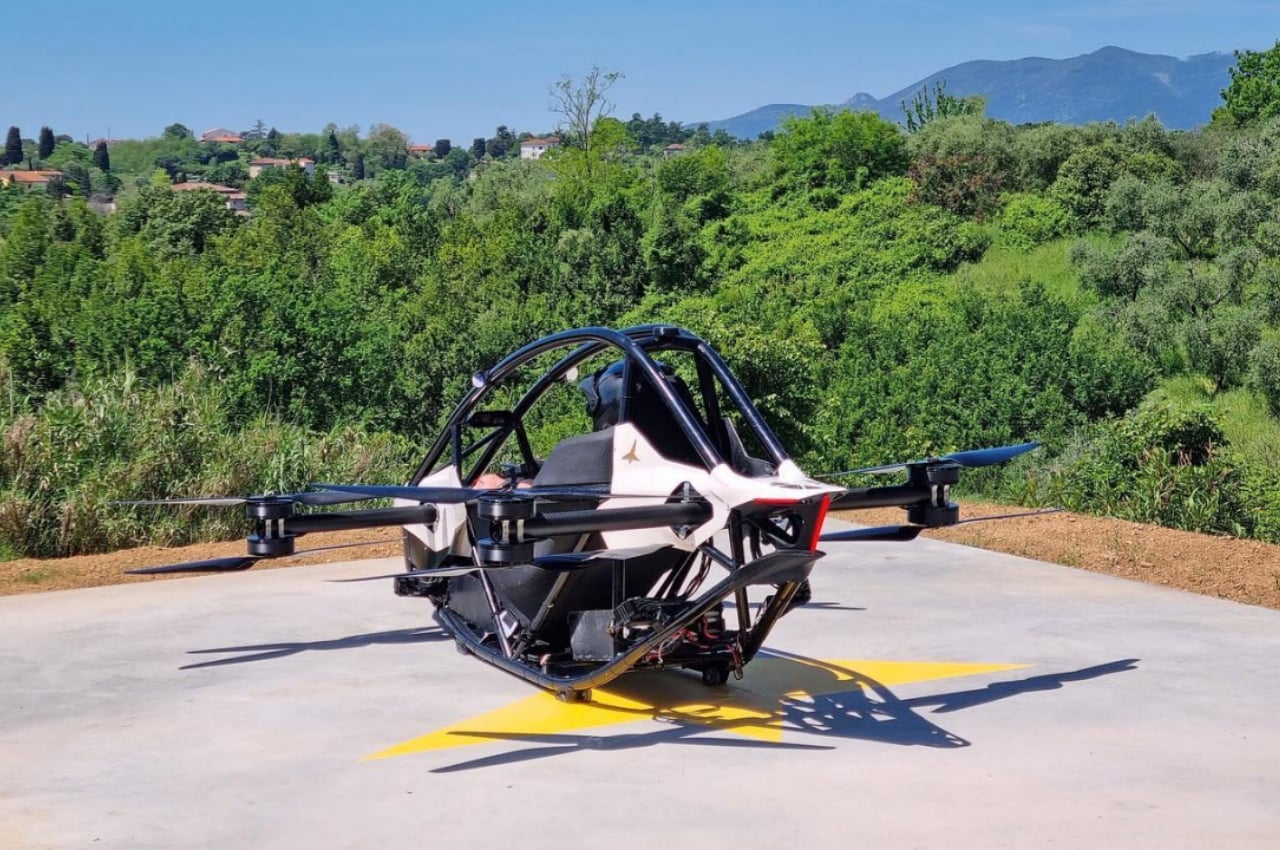
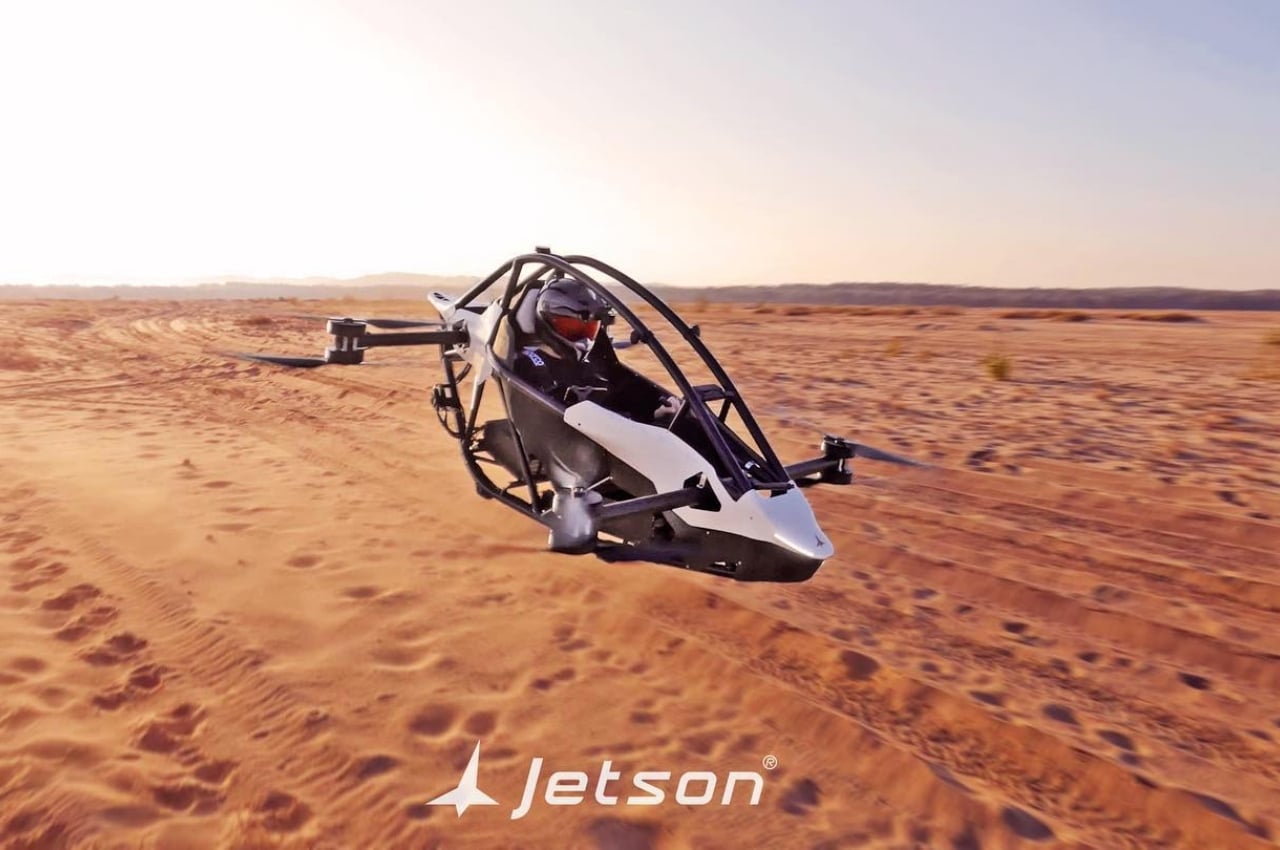
The Jetson ONE and others like it try to cut the time and hassle of commuting, but most of them work for only one person or at most two passengers. This raises concerns about the legality of driving (or flying) such vehicles, whether you’d need to be a licensed pilot to even use one. Of course, by that time, there might be new tests and certifications in place similar to driving land-bound vehicles.
These flying cars, however, might also introduce a new kind of traffic congestion given their very personal nature and design. Unlike a sedan, you can’t exactly “eVTOLpool” rides, which means there will be dozens, if not hundreds, of these flying cars zooming in the air in that future scenario. It might also mean a lot of manufacturing waste, just like what we have with regular cars, turning the idyllic dream into a sustainability nightmare. Fortunately, we’re still far from reaching that point, despite the success of this test flight, but it’s about time we prepare for the inevitable rather than being caught unaware like with self-driving cars.
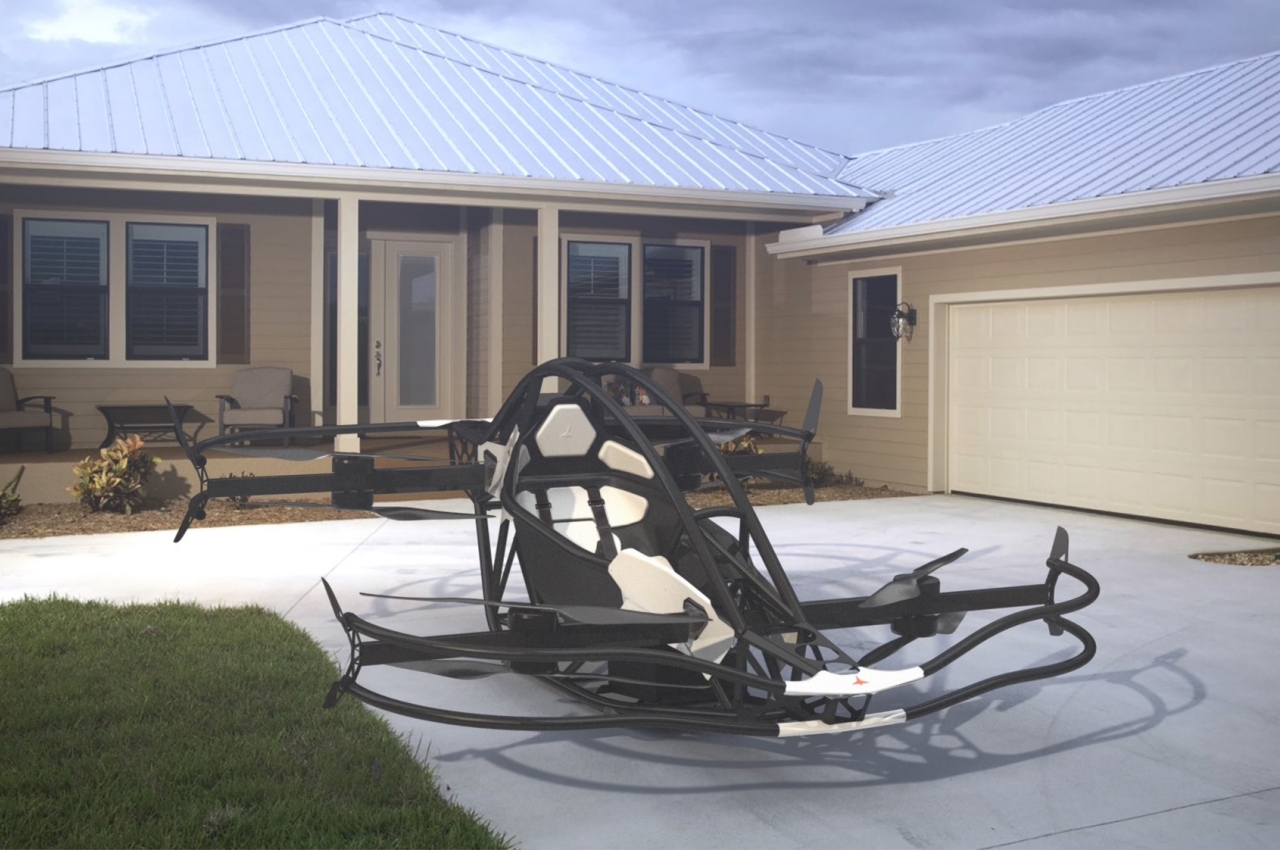
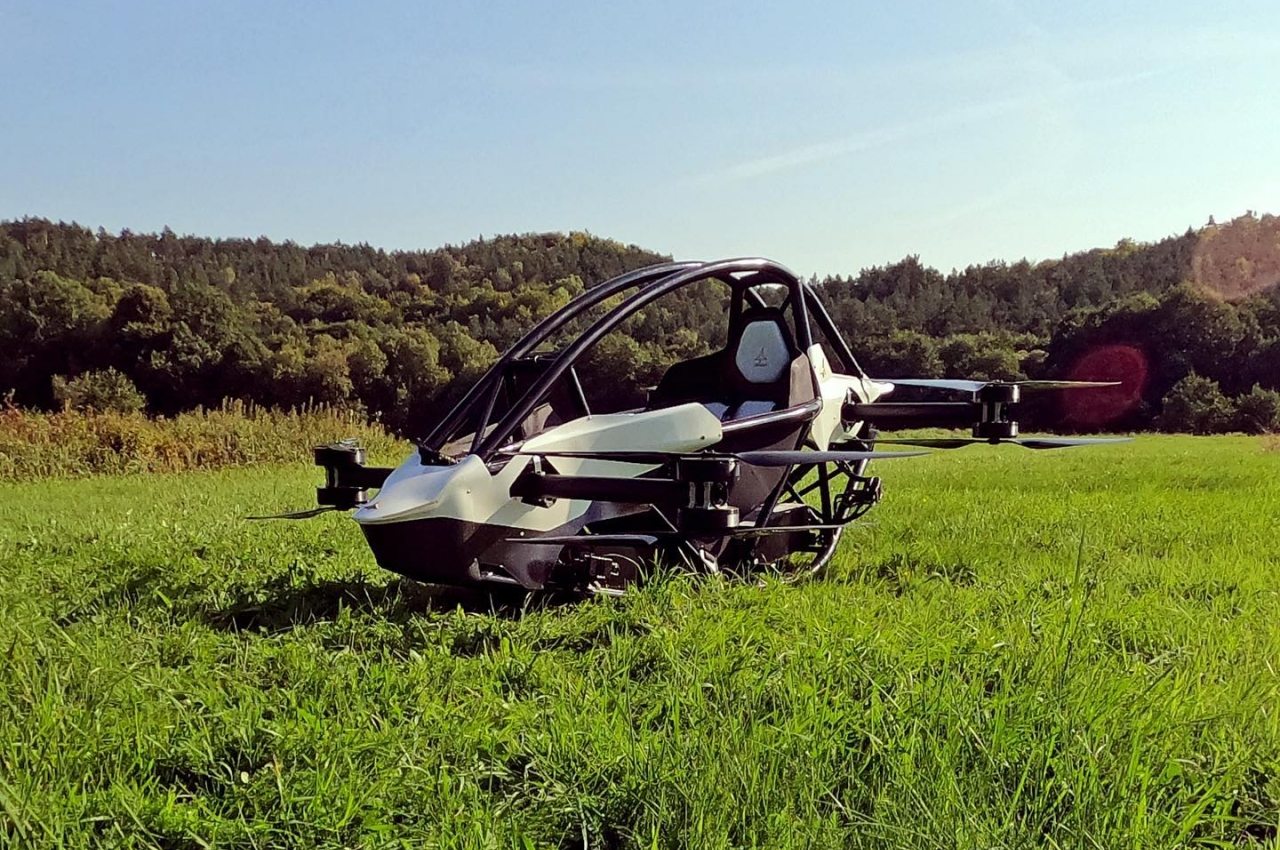
The post Jetson ONE flying car demonstrates the future of personal commuting first appeared on Yanko Design.
